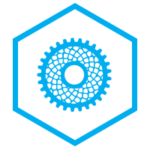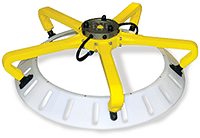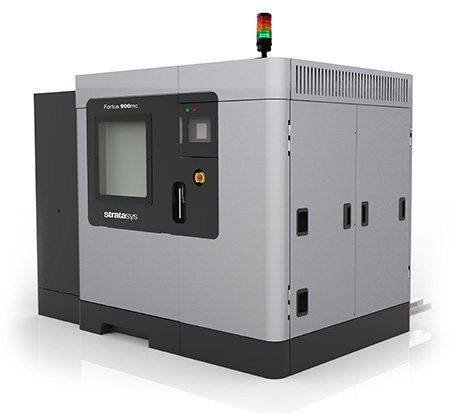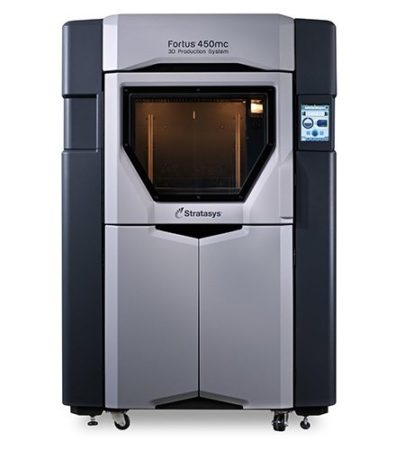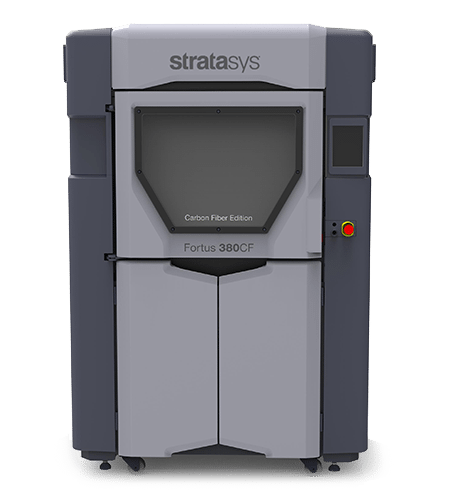Overview
Robots in manufacturing are used to perform tasks such as sorting, transporting, palletizing, inspecting, and machining. Its end of arm tool (EOAT) or end effector is selected based on the operation being performed such as gripping or welding and is specific to the tool or part that the robot interacts with. Robotic arms can perform a variety of tasks with exceptional endurance, speed and precision. 3D printing end-of-arm tooling components save time and cost while producing lighter parts that carry better performance and durability.
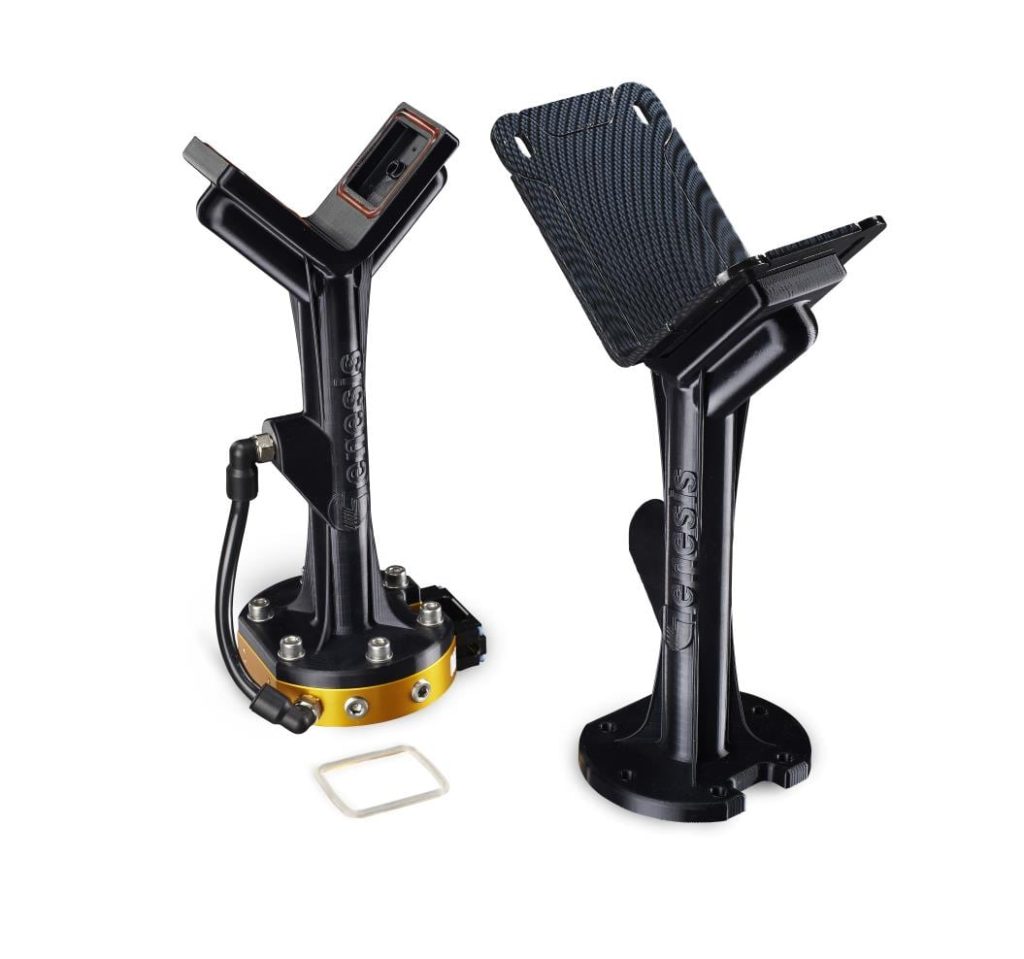
Genesis Systems Group
3D Printing End of Arm Tooling Case Study
Genesis Systems Group designs, builds, and implements automation solutions powered by robotics. The custom nature of their solutions often means the team at Genesis is faced with producing parts that have complex geometries and high capability requirements. By using FDM 3D printing technology, engineers were able to create end effectors that were lightweight with complex internal channels, delivered much quicker and cost-effectively than traditional machining.
Comparing Traditional Methods with 3D Printing |
||
| Method | Time | Weight |
| CNC Machining | 20 Days | 15.9 kg (35 lbs) |
| FDM 3D Printing | 3 Days | 1.4 kg (3 lbs) |
| Savings | 17 Days (85%) | 14.5 kg (91%) |
Advantage
3D printing parts in FDM towards the production of EOATs provide dramatic time and cost savings while optimizing the performance of your entire workflow. EOATs can be customized and built for a specific application while often accelerating implementation on the production floor. EOATs made with FDM are lighter than those made with metal, resulting in arms that can work quicker and stronger with a higher weight capacity. Easily produce hollow internal structures as FDM thermoplastic materials are lightweight without compromising strength and deliver weight reductions of up to 90%.
End of arm toolings made from FDM 3D printing can be as simple or complex as the job needs, giving designers the freedom to design for its specific function. This includes parts needing integrated vacuum channels, assemblies consolidated to a single part, or organic shapes that conform to the object being manipulated. This results in a high ceiling of design complexity without increasing cost.

